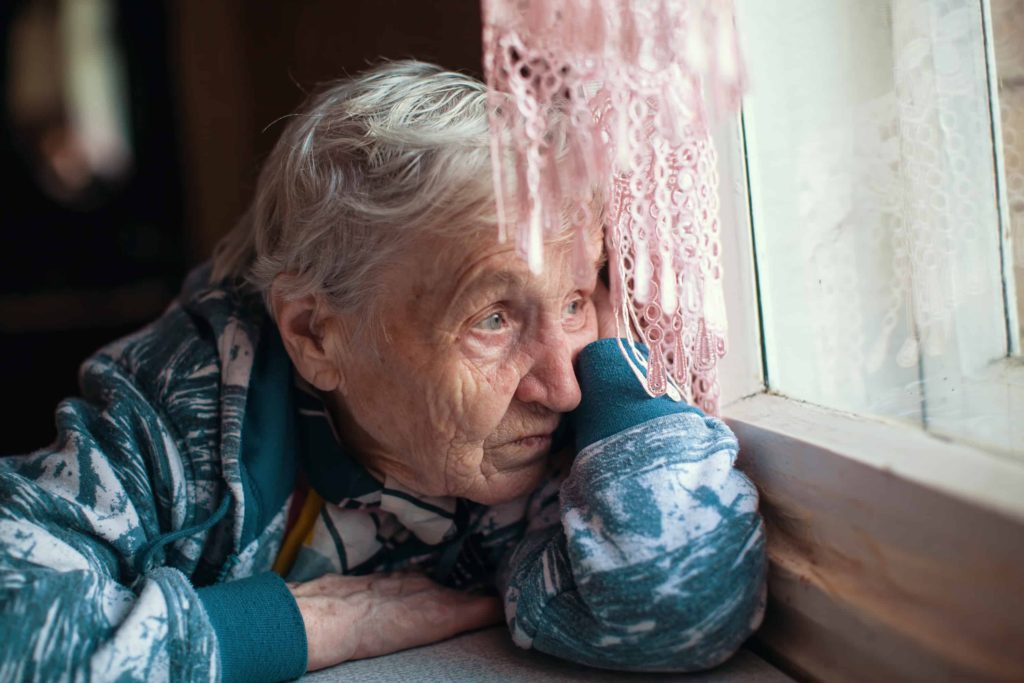Chronic illnesses can impact the quality of life and health of a number of older adults, specifically older Americans. In addition, such conditions are also causing the financial burden of these seniors’ respective families. However, gerontology specialists, as well as the developing anti-aging medicine field, are quick to claim that while the risk of illness and disability can undoubtedly rise with advancing years, poor health condition is never an unavoidable consequence of aging.
Center for Disease Control (CDC) states that a lot of the illnesses, disabilities, and even fatalities associated with the long-term disease can be preempted employing preventive measures. Moreover, CDC recommends for the lessening of the probability of the acquisition of chronic issue later on through:
Living a healthy lifestyle which includes regularly exercising, eating healthy, and avoiding smoke or use of tobacco
Regularly using early testing and detection like prostate, cervical cancer and breast screenings, cholesterol, and diabetes screenings, and bone density scans, to name a few.
10 Common Illnesses to Watch and Monitor
Americans nowadays can anticipate living longer than ever. Also, according to the CDC, once a person reaches the age of 65, he can already live at least another 19 years, on average. For most people, senior living also includes careful management of chronic health conditions to stay well and healthy. Below are 10 of the most common illnesses of older adults to watch and monitor:
1. Arthritis
This is probably the most common condition 65-year-old men and women have for a health issue. A CDC estimate has it that arthritis impacts 49.7 percent of all adults with more than 65 years of age can result in lower quality of life and pain. Even though the illness can discourage a person from being active, he must collaborate with his doctor. Relatively, the collaboration is essential so the doctor can customize an activity on top of the treatment, to retain senior health.
CDC reports that heart ailment stays the leading character of older adults aged over 65 years old. Additionally, the same report accounted for more than 450,000 deaths in 2014 alone. This chronic heart disease impacts around 37 percent of men and 26 percent of women aged 65 and above.
As individual ages, he is growingly living with risk factors like high cholesterol and high blood pressure. Moreover, the aging person increases his chance of suffering from stroke, too, not to mention developing heart ailment. Because of this, medical experts highly recommend exercise and a healthy diet as two of the best things to do to improve senior health.
3. Depression

As a person gets older, certain activities may no longer be possible. His family or friends may have died or moved away, leaving him feeling lonely or isolated. Nevertheless, sadness does not necessarily mean, a senior is already going through some depression. Instead, he is more likely to have complaints with physical pain like arthritis, for one.
More so, he is quite possible to rely on alcohol and other similar substances to improve his mood. He is less likely to engage as well, in outside activities and would rather stay home and be alone.
This yet another common disease of seniors recorded 92,604 deaths of older adults aged 65 years old and above in 2014. Additionally, according to the Alzheimer’s Association, one in nine older adults suffer from Alzheimer’s disease. However, since diagnosis for this disease is a challenge, it is difficult to determine precisely how many people, specifically adults, are currently living in long-term health condition.
Still, medical experts recognize this cognitive impairment as having a significant effect on the health of seniors across the spectrum. Such an impact pertains from self-care and safety issues to the financial burden of care, either at a residential or home care facility.
5. Diabetes

A CDC estimate has it that 25 percent of 65-year-old people (or older) have diabetes, which is a significant health risk for every senior. The same date presents, diabetes resulted in over 50,000 deaths among adults over 65 years of age in 2014. Despite the figure, there is still a solution to this illness, and it is still identifiable through simple blood tests for blood sugar levels.
The earlier you know your senior loved one is at risk for the disease, the sooner you can find solutions. By doing so, you can manage the person’s diabetes and improve his outlook for long-term senior health.
6. Osteoporosis
This disease has the potential of being a contributor to an older adult’s being potentially disabled and less mobile. The potentiality can happen should senior falls, and his vertebral bodies collapse or have a fracture. According to the National Institute of Aging and the National Osteoporosis Foundation, this illness has impacted over 50 million Americans who are older than 50 years old.
Relatively, these older adults have acquired the disease or low bone mass, putting them at risk for a break or that can result in a poor quality of life and senior health. Also, the two agencies approximate that by the year 2020, the figure will rise to over 64 million.
7. Cancer
A third of the world population is expected to suffer from a cancer type in part of their lifetime. A report from the National Center for Cancer Research indicates that there are more than 200 strains of cancer. These include lung cancer, prostate cancer, and breast cancer, among others.
Cancer is an illness where body cells duplicate abnormally and cause a mass also called a tumor. Relatively, these abnormal cells double or even triple in number, resulting in the growth of a tumor or spreading of cancerous cells through the bloodstream. Among the symptoms to look out for are
- Appearance and of unexpected lump
- Weight loss you cannot explain
- Unexplained blood in the urine, stool, or when vomiting or coughing
The survival rate is quite lower for older adults, so it is essential to detect the symptoms earlier. If there is early detection of the chronic condition, treatment may also begin as early as possible. As a result, coping with cancer can be much easier and less worry. It will help the senior to live the most out of his life, too.
8. Influenza and Pneumonia
You may not consider pneumonia and flu as chronic conditions. However, according to the CDC, it is essential to know that they are two of the top eight reasons for death in aging people. Older adults are more susceptible to these infections, not to mention, weaker than the younger people to battle against them.
Health care recommendations for seniors include receiving an annual flu shot and pneumonia vaccine. However, such shots and vaccines should still be administered following the advice or referral from your elderly loved one’s doctor. Doctor’s recommendation and referral are important to prevent infections from occurring and recurring, as well as their life-threatening complications.

This is a progressive and chronic condition damaging and affecting the parts of the brain. In relation to this, medical research has it that Parkinson’s Disease is “caused by loss of nerve cells in a part of the brain also known as ‘substantia nigra,'” resulting in a “reduction in a chemical in the brain” or dopamine. Incidentally, this health condition commonly occurs in older adults.
Below are some of the common symptoms a senior is likely to experience with Parkinson’s Disease:
- Slow movement
- Involuntary shaking of some parts of the body or tremor
- Inflexible and stiff muscles
Unfortunately, based on recent studies, there is no cure yet for this disease. However, treatments are available to help your elderly loved one reduce the significant symptoms and still go on with their daily physical activities.
10. Shingles
Did your parent or grandparent have chickenpox when he was still a kid? Chances are the skin disease to come back at shingles when he’s an adult. The National Institutes of Health has it that, 1 in every 3 people aged more than 60 years old are more likely to get shingles. More so, 50 percent of all Americans are likely to acquire it before they turn 80 years old.
Shingles typically impact only one side of an older adult’s body, beginning with tingling or severe pain. Then, it develops into itchy rashes, possibly followed by blisters. To protect your loved one from this disease, there is a vaccine for prevention which you can discuss with his doctor.
Your Companion in Watching Out for the Diseases
Are you one of the many who worry about their elderly loved one’s well-being but cannot personally attend to him? Worry no more and reach out to home care assistance, precisely, Innovative Homecare Solutions, Inc. If you call one of our friendly staff, so they can help you get started.
So, if there’s a senior loved one in the family who needs care, let our care experts provide that assistance. Call Innovative Homecare Solutions today (+1-630-225-0100) for your senior family member’s free assessment. With us, you will surely get the deserving pay for live-in care.
